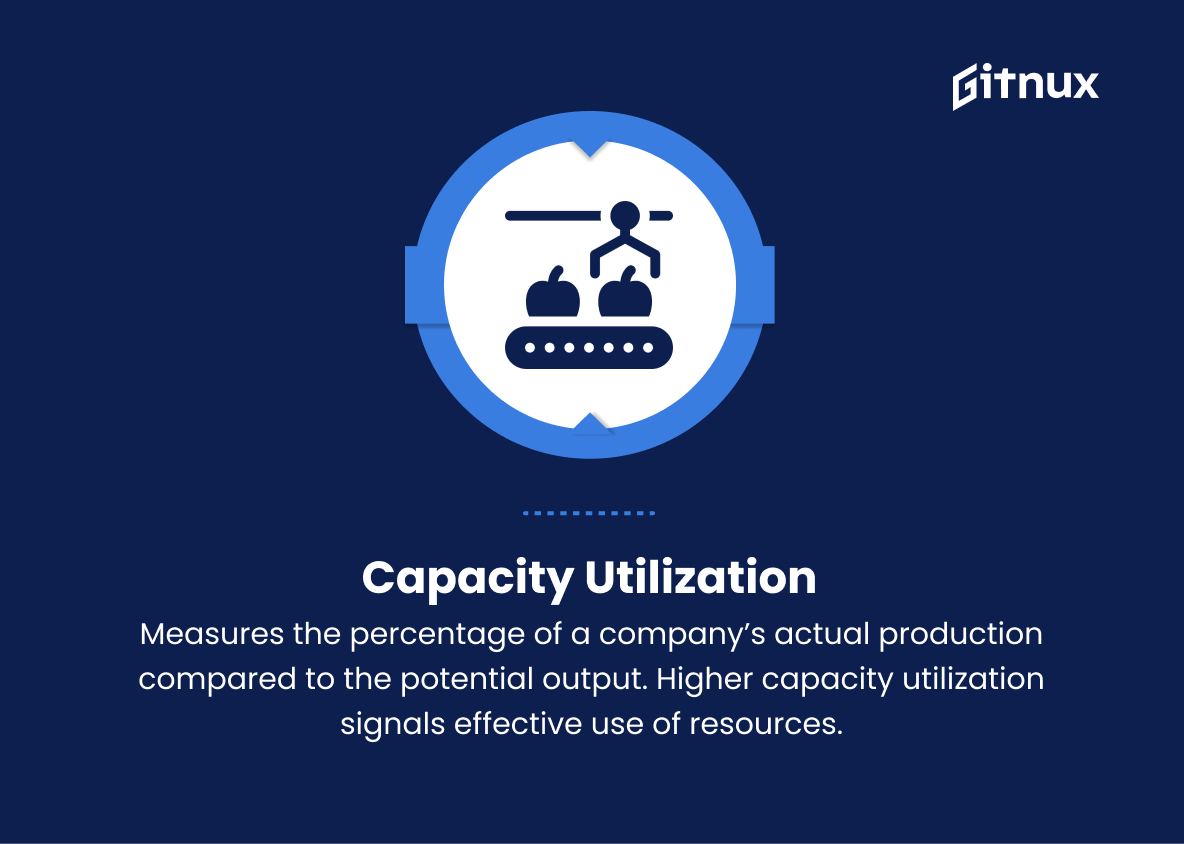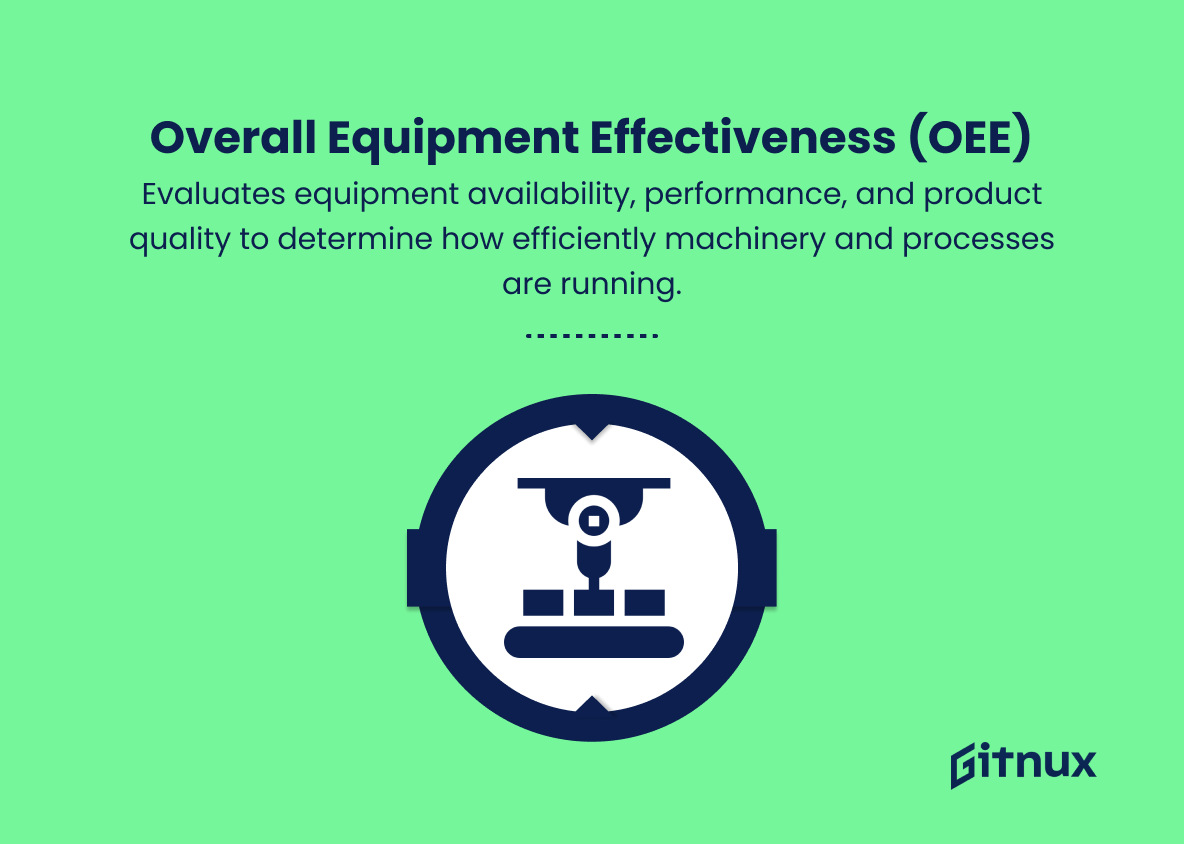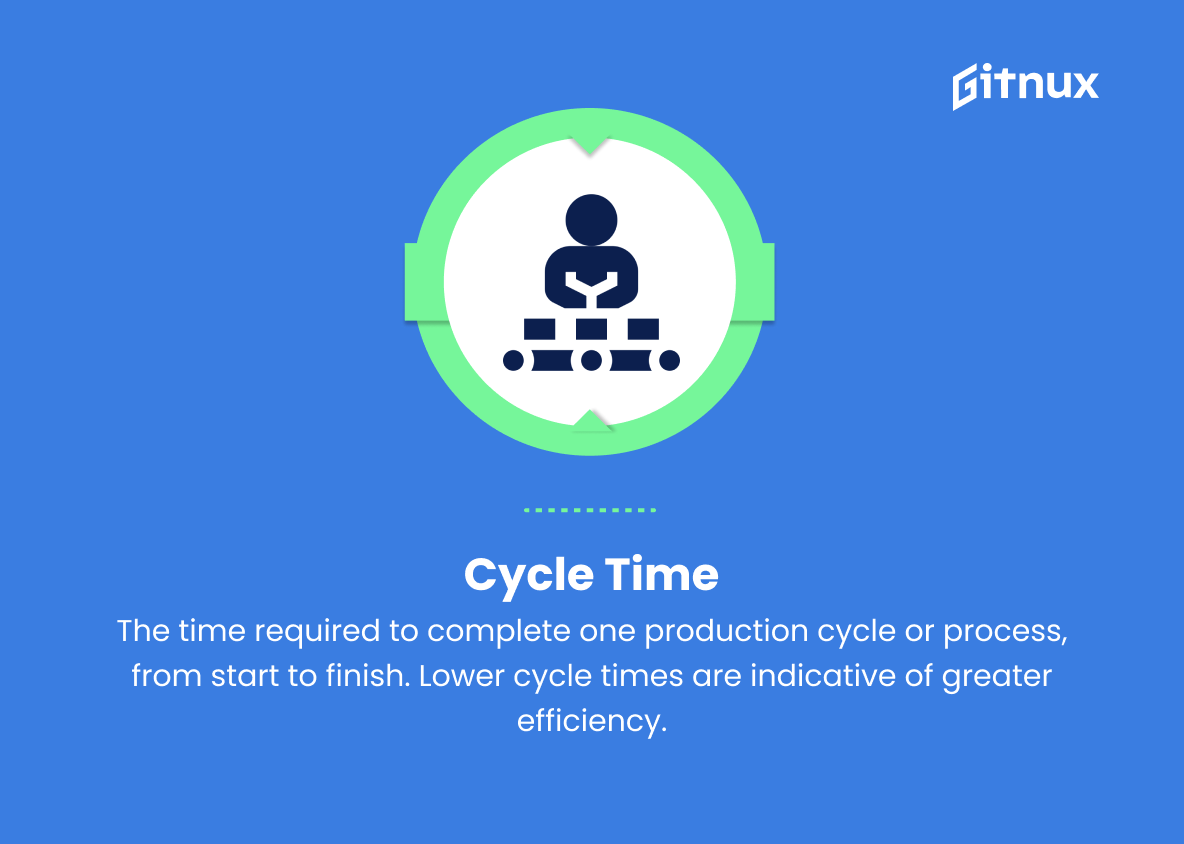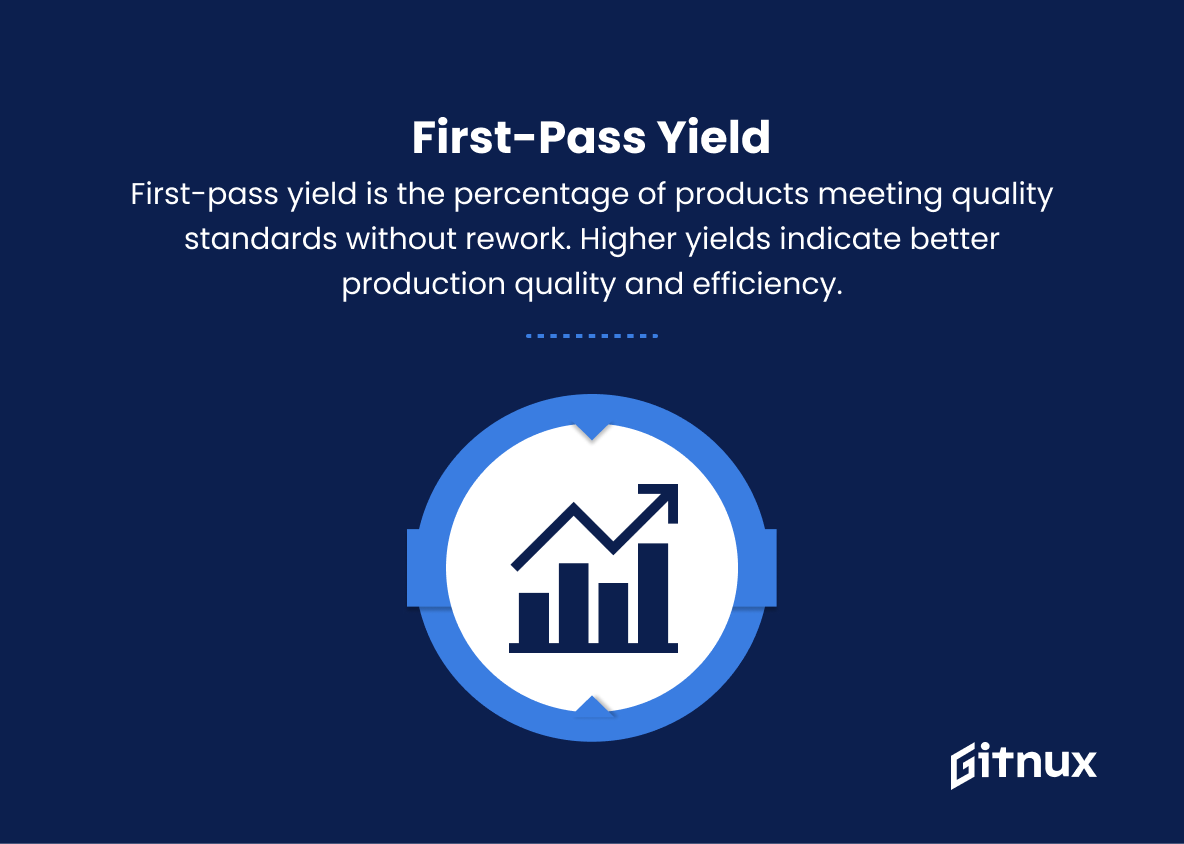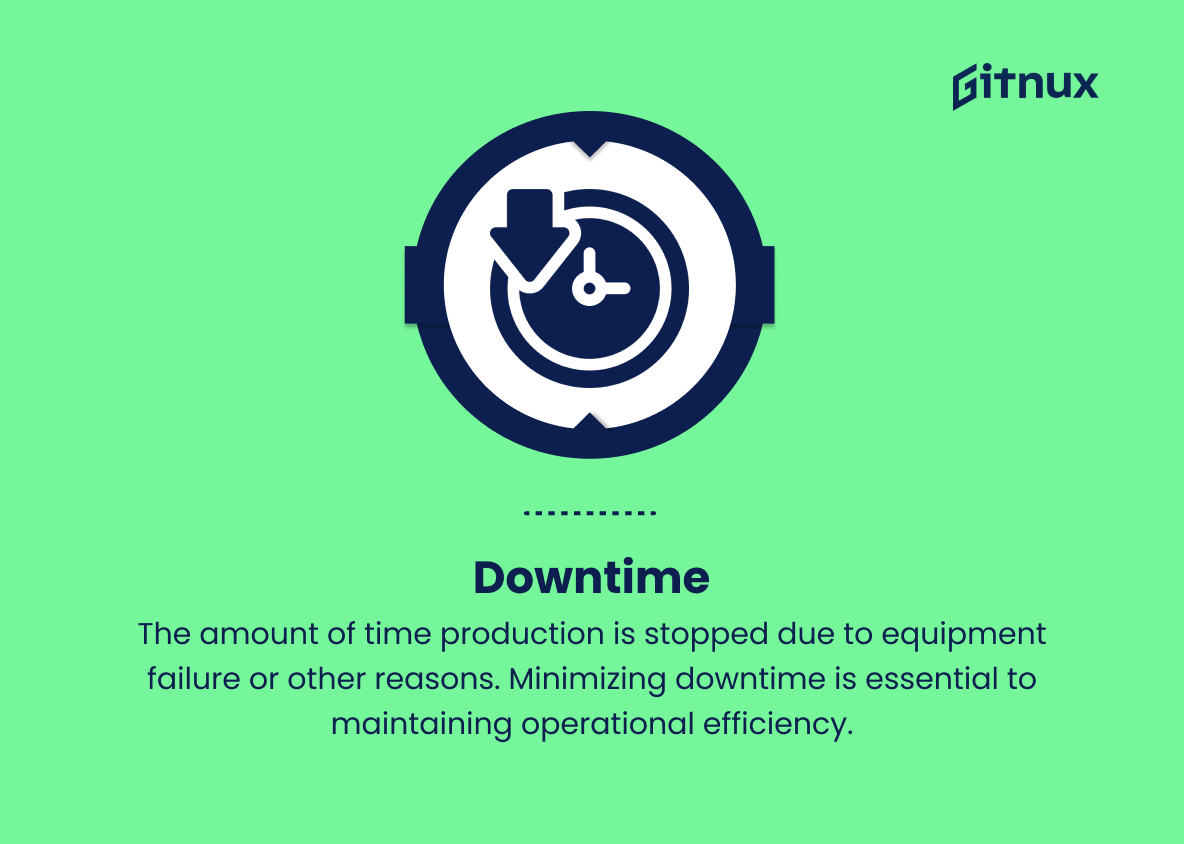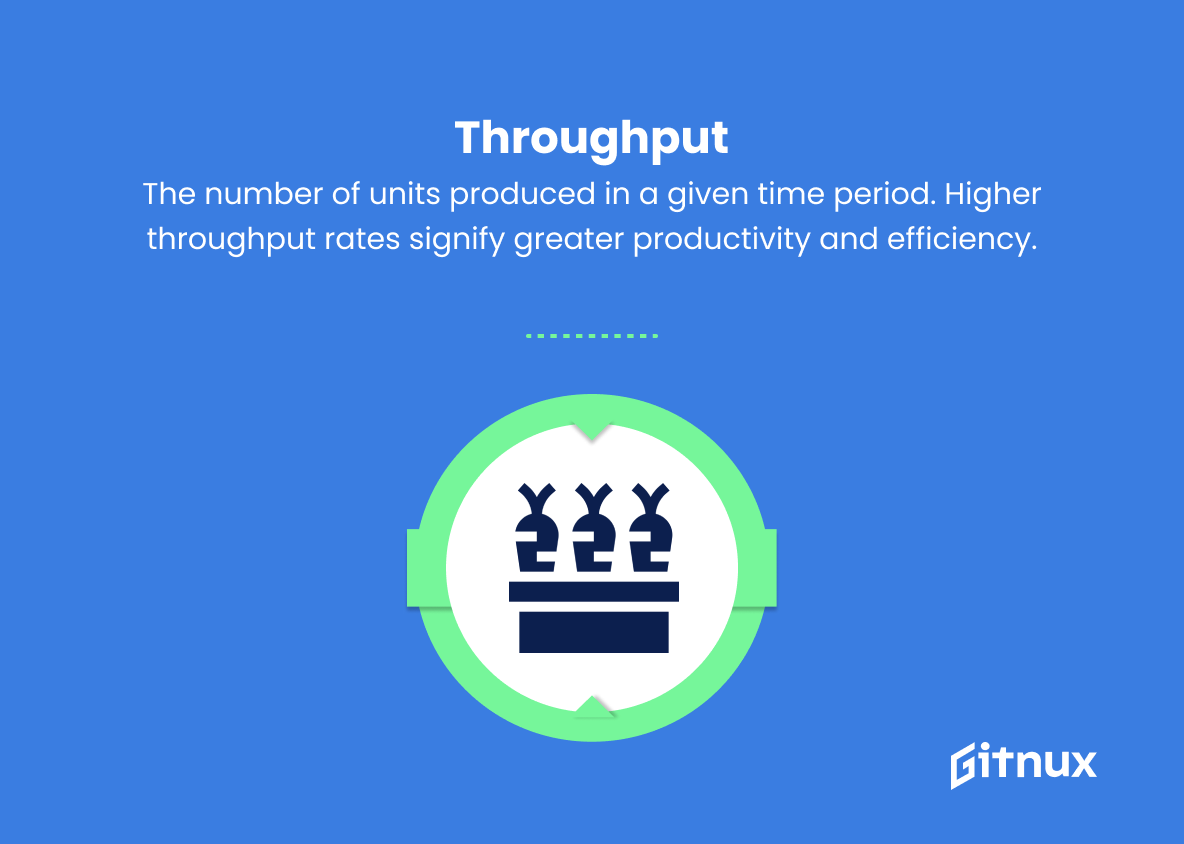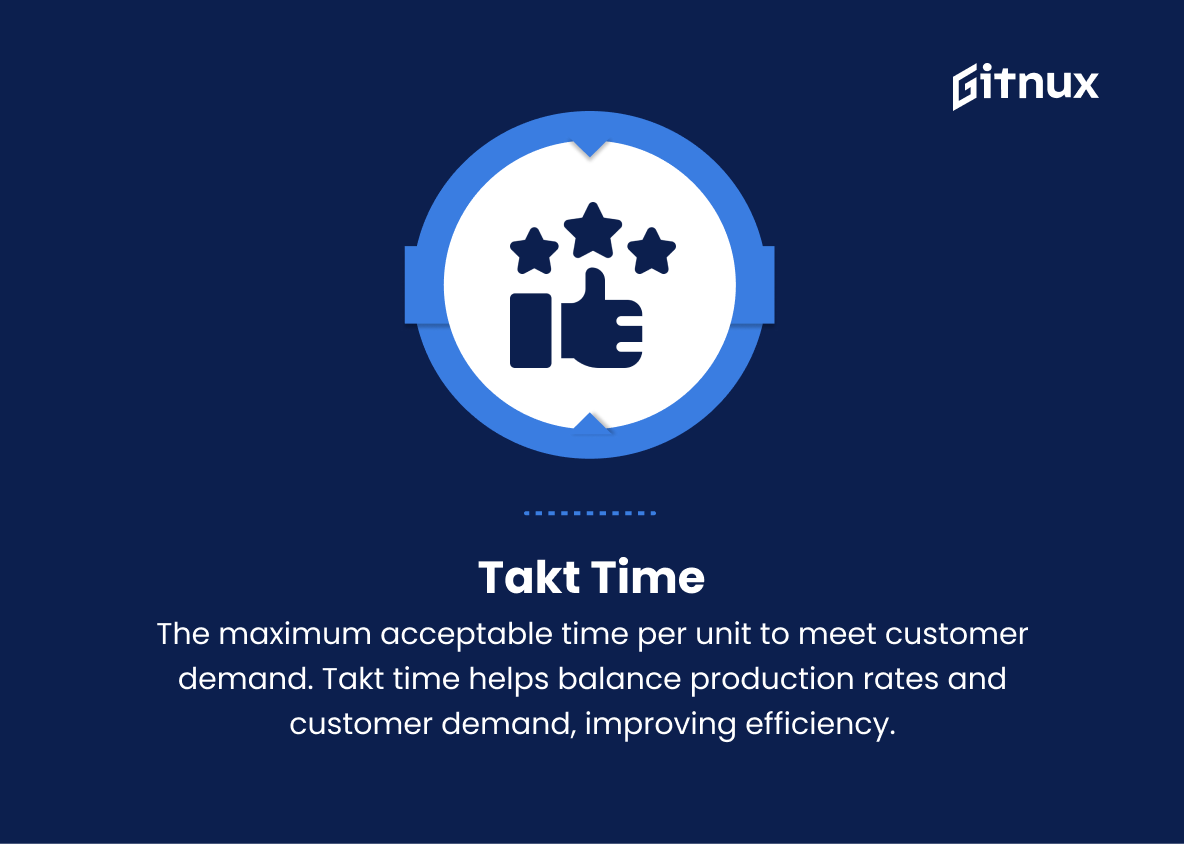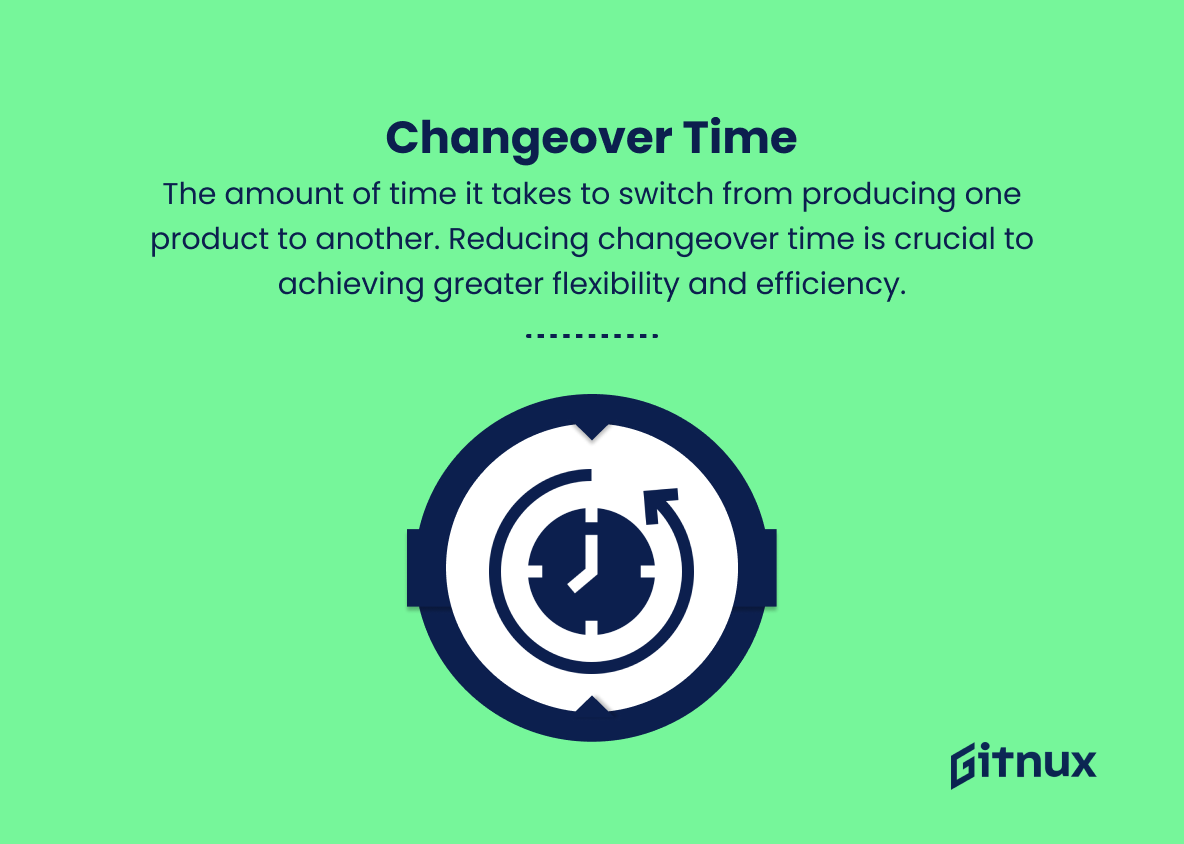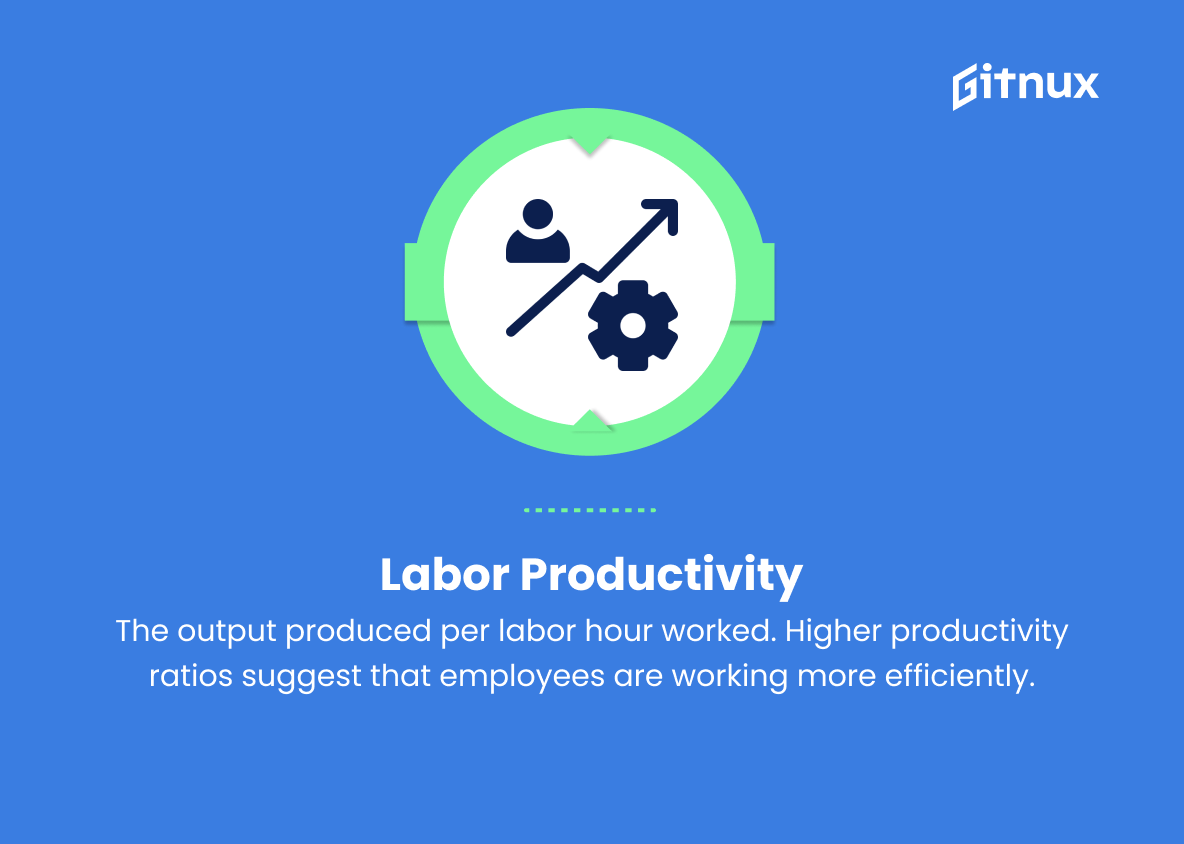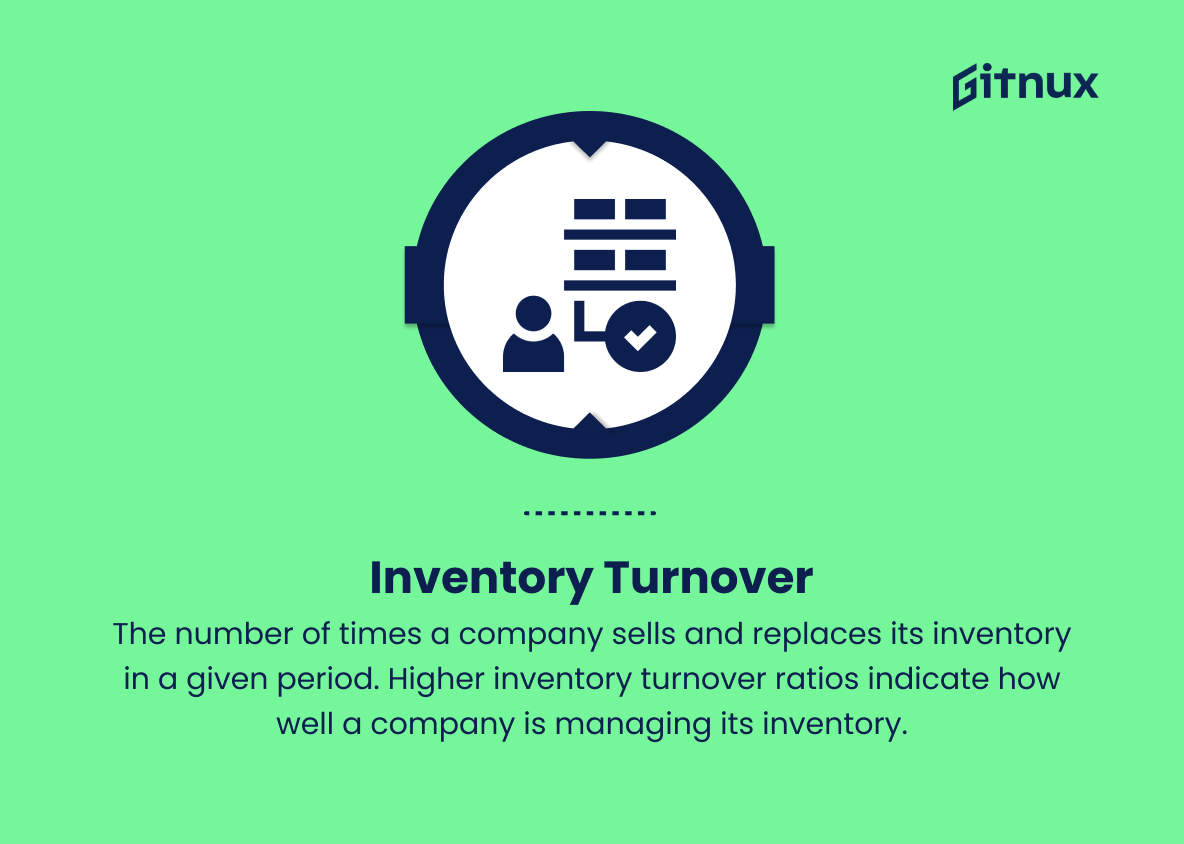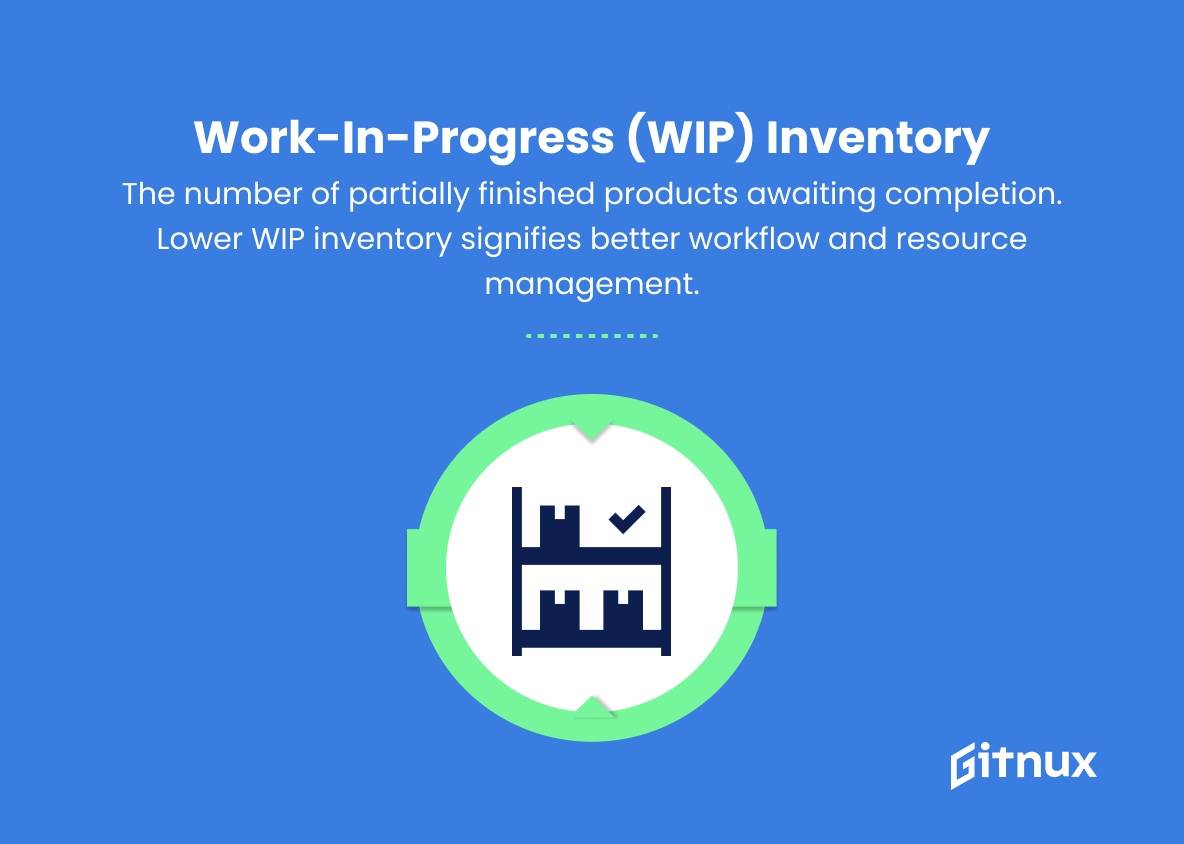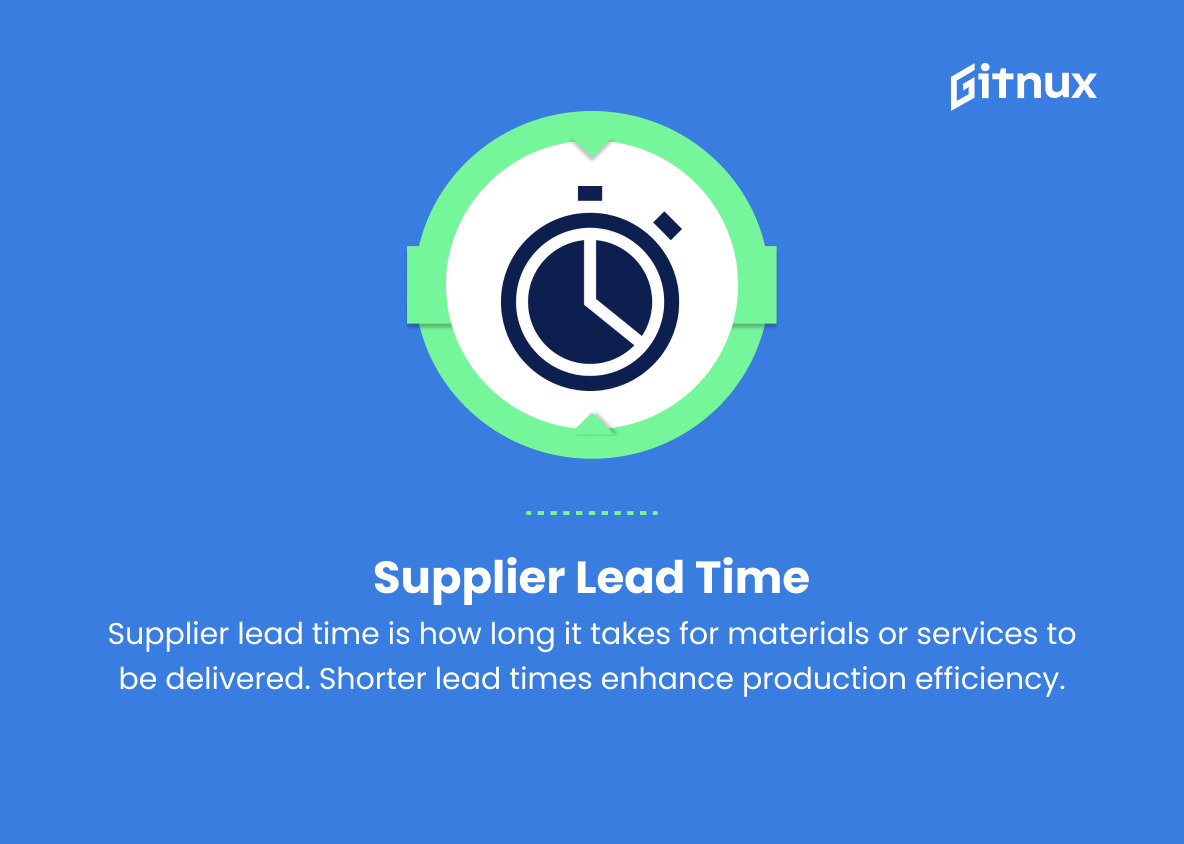In today’s competitive business landscape, the quest for improving operational efficiency has become a top priority for organizations across industries. As companies strive to streamline their processes, reduce costs, and maximize resource utilization, a deep understanding of operational efficiency metrics is crucial to identify areas for improvement and drive sustainable growth.
In this blog post, we will explore the various aspects of these metrics, discuss their importance in assessing a company’s overall performance, and offer valuable insights on how to implement them effectively for measurable progress. So, whether you’re an executive, manager, or analyst looking to elevate your organization’s operational efficacies, this guide will provide you with a comprehensive understanding to help you make informed decisions and achieve your business objectives.
Operational Efficiency Metrics You Should Know
1. Capacity Utilization
Measures the percentage of a company’s actual production compared to the potential output. Higher capacity utilization signals effective use of resources.
2. Overall Equipment Effectiveness (OEE)
Evaluates equipment availability, performance, and product quality to determine how efficiently machinery and processes are running.
3. Cycle Time
The time required to complete one production cycle or process, from start to finish. Lower cycle times are indicative of greater efficiency.
4. First-pass Yield
The percentage of products that meet quality standards on the first attempt without any rework or repairs. Higher first-pass yields are indicative of better production quality and efficiency.
5. Downtime
The amount of time production is stopped due to equipment failure or other reasons. Minimizing downtime is essential to maintaining operational efficiency.
6. Throughput
The number of units produced in a given time period. Higher throughput rates signify greater productivity and efficiency.
7. Takt Time
The maximum acceptable time per unit to meet customer demand. Takt time helps balance production rates and customer demand, improving efficiency.
8. Changeover Time
The amount of time it takes to switch from producing one product to another. Reducing changeover time is crucial to achieving greater flexibility and efficiency.
9. Labor Productivity
The output produced per labor hour worked. Higher productivity ratios suggest that employees are working more efficiently.
10. Order Fulfillment Cycle Time
Measures the amount of time between when an order is received and when it is shipped to the customer. Shorter fulfillment times indicate more efficient processes.
11. Inventory Turnover
The number of times a company sells and replaces its inventory in a given period. Higher inventory turnover ratios indicate how well a company is managing its inventory.
12. Work-in-Progress (WIP) Inventory
The number of partially finished products awaiting completion. Lower WIP inventory signifies better workflow and resource management.
13. Return on Assets (ROA)
The profitability measure that considers a company’s assets in generating income. Higher ROA values indicate that the firm is using its assets more effectively to create profits.
14. Cost per Hire
The total cost of hiring a new employee, including recruitment, training, and onboarding expenses. Lower cost per hire is indicative of a more efficient hiring process.
15. Supplier Lead Time
The amount of time it takes suppliers to deliver materials or services to the company. Shorter lead times minimize delays in production and improve supply chain efficiency.
Operational Efficiency Metrics Explained
Operational efficiency metrics play a crucial role in assessing a company’s productivity and resource management. Capacity utilization, overall equipment effectiveness (OEE), and cycle time are essential in understanding the effectiveness of production processes and maximizing output. First-pass yield, downtime, and throughput help monitor product quality and maintain productivity, while takt time, changeover time, and labor productivity ensure that customer demands are met while maintaining flexibility.
Order fulfillment cycle time, inventory turnover, and work-in-progress (WIP) inventory highlight the efficiency of a company’s supply chain and inventory management. Additionally, return on assets (ROA), cost per hire, and supplier lead time provide insights into the financial performance of a company, its hiring practices, and its relationship with suppliers. By analyzing these metrics, businesses can identify areas for improvement, make data-driven decisions, and optimize their operations for increased efficiency and profitability.
Conclusion
In conclusion, operational efficiency metrics play a crucial role in the success and growth of a business. By closely monitoring these metrics, organizations can discover bottlenecks, identify areas for improvement, and drive overall productivity and profitability. In a competitive market, businesses must prioritize effective data analysis, implement continuous improvement strategies, and adapt to evolving industry standards to remain agile and stay ahead of the curve.
Investing in the right tools, fostering a data-driven culture, and remaining vigilant in benchmarking your organization’s performance will position your business for long-term success and unlock the true potential of your operational efficiency metrics.
